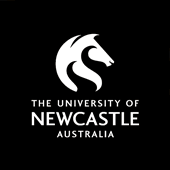Introduction
Reverend William Watson of Beverly, Yorkshire, was a teacher, formerly a grocer, when he entered the CMS Institute in Islington in 1829, aged 30. Attracting the favourable opinion of Principal Reverend J.N. Pearson, he was quickly identified as the Society's chief candidate for the proposed NSW mission, though Watson's acceptance was almost withheld when the Bishop of London refused to allow his ordination, meaning he would be sent out merely a `catechist'. That would rob him of, among other things, his right to exhort, which he could not possibly surrender. "The love of Jesus is a spark that presently ignites my inflammable affections, and I have too much reason to fear (if I may say fear) will lead me beyond the bounds which a catechist may not transgress".[1] After ardent lobbying by the Society, the Bishop allowed Watson's ordaination in December 1830, and accepted him into the priesthood in June 1831, making him "the only ordained Anglican Englishmen to be prevailed upon to work with the Aborigines" in the first half of the nineteenth century.[2] He received his `Instructions' on 7 August 1831 (see Appendix)
For Watson and his wife of 13 years, Ann Oliver, the Aboriginal mission at Wellington Valley was a first and only appointment. They became the longest serving missionary team in colonial NSW, making a remarkable and prominent contribution to the early history of area.
--------------------------------------------------------------------------------
ENDNOTES

